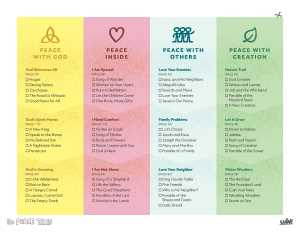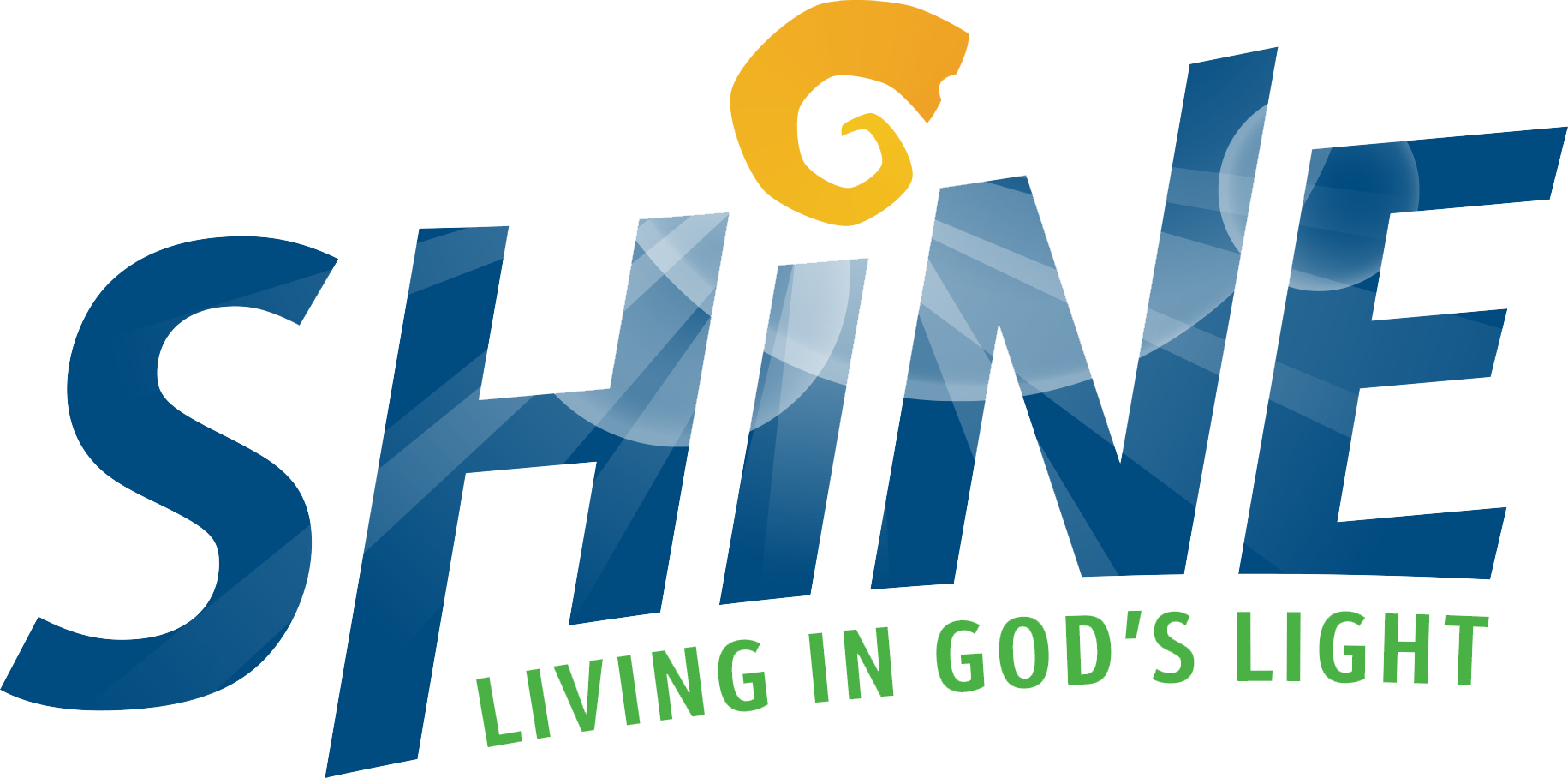“Why is the Bible so violent?” My son asked me this many years ago, after reading The Brick Bible: A New Spin on the Old Testament, which tells Bible stories in comic book form with LEGO® figures as the characters. My kids spent long hours every day playing with LEGO® bricks, and so I had excitedly purchased that Bible for them. Perhaps it wasn’t my finest parenting moment, but I gave them the book without reading it first.
After his question, though, I sat down to read it and was shocked at what I found. Page after page shows terrible violence. Hundreds of thousands of people are slaughtered, their blood covering the ground under their dead bodies. Individuals are hanged, stabbed, dismembered, killed in their sleep and stoned. Women are raped by family members and enemy armies, burned alive, abducted, given to men to be “abused all night.” One is even carved up into 12 pieces with a knife. And yes, Jael hammers a tent peg through the skull of Sisera. It’s as if the author went through the Bible to find the most violent, disturbing stories and then paired them with cute little LEGO® figures to make the stories “fun.”
When our team set out to create The Peace Table, my son’s question was in the back of my mind. That comic book Bible served as a cautionary tale in several ways. First, we did not want to traumatize children by emphasizing and glorifying stories of violence with no context — my son did not want to read stories from the Old Testament for a long time after his experience! Conversely, we did not want to erase the violence and conflict from the biblical story. It would be easy to do the opposite of what The Brick Bible did: We could go through the Bible and chose only the stories of peace and harmony, out of a desire to protect children from all that is unpleasant. But our children live in a world where arguments, conflict, bullying, abuse, sexual violence, gun violence and war are far too commonplace.
It is essential that we equip our children with tools to help prevent, divert and respond to conflict in peaceful ways. They need support for processing and healing from violence perpetrated against them. They need to know what to do when they hurt someone else. The Peace Table is one tool to support children and families on the lifelong journey to becoming peacemakers.
While The Peace Table includes difficult stories that have elements of conflict and violence — Jacob and Esau, Hagar, David and Nabal, and Jesus’ death on the cross, to name a few — these stories are not told in a vacuum. Parents and caregivers are not left on their own to figure out what to say next. Each story has questions and prompts to help families discuss and process the emotions, decisions and possibilities within the story. What led to the conflict? How might things have been different if people had made different choices? When have children experienced something similar? How did they respond, and what was the outcome?
These types of questions don’t solve the problem of violence, and The Peace Table does not provide simplistic answers to complex issues. But the questions do offer a starting place for conversation and communal biblical interpretation as to why violence happens and what can be done about it. At the back of the book, there are many ideas about how to have peace with one another and how to experience peace within oneself during difficult situations. Families can reflect on these tangible ideas and decide which ones might be effective in a given situation — either in the Bible story or in a conflict that the family or child is experiencing today. Additional pages about peace with God and peace with all of creation round out the biblical concept of shalom. Peace is not just the absence of war.
 A biblical understanding of peacemaking involves wholeness: right relationships with God, self, others and all of creation. The Peace Table includes 12 Peace Paths to help children and families explore various aspects of peace throughout the biblical story. Each path has 5 stories, some from both the Old and New Testaments. Choose a path, such as “Family Problems,” “God Is Amazing,” “Nature Trail,” or “I Need Comfort.” Read the first story, respond to the prompt, then turn to the indicated page number to find the next story in the path.
A biblical understanding of peacemaking involves wholeness: right relationships with God, self, others and all of creation. The Peace Table includes 12 Peace Paths to help children and families explore various aspects of peace throughout the biblical story. Each path has 5 stories, some from both the Old and New Testaments. Choose a path, such as “Family Problems,” “God Is Amazing,” “Nature Trail,” or “I Need Comfort.” Read the first story, respond to the prompt, then turn to the indicated page number to find the next story in the path.
The Brick Bible isn’t all bad — the New Testament is more palatable. In fact, the concept is quite clever and fun in many ways. But I wish that The Peace Table had been on my shelf when my children were young. I wish I’d had the tools that are in this book to support me in having conversations with my boys about the violence in the Bible. I wish I’d had all the tangible peacemaking ideas at my fingertips.
My son’s question still stands: Why does the Bible include so much violence? I haven’t found an entirely satisfying answer to that. But we cannot leave our children to try to make sense of biblical or modern-day violence on their own. The Peace Table offers support for engaging these difficult questions and provides a holistic vision of the world God desires. May we work together as individuals, families and faith communities to create a more just, beautiful and peaceful world.
Learn more about The Peace Table at www.thepeacetablebible.com. Download free “Follow the Peace Path” bookmarks there, as well!
This article was originally posted on Menno Snapshots. Reprinted with permission from Mennonite Church USA.

